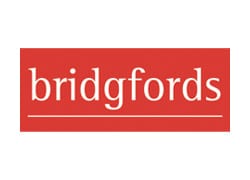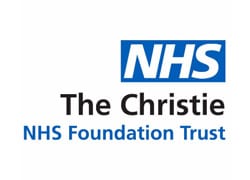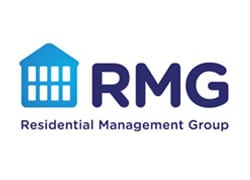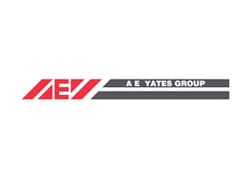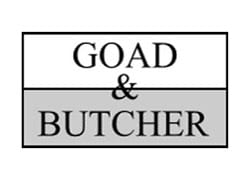Japanese Knotweed Eradication Options
There are a number of Japanese Knotweed eradication options employed to control the weed and they are generally based on herbicide application, physical removal and the combination of the two. Each method has pros and cons and the choice of control option is determined by several factors.
The site conditions
The nature and conditions of each stand
The presence of affected areas adjacent to the site
Individual requirements of the client
Japanese Knotweed
Identification
Japanese Knotweed
Identification
Treatment with Herbicide
This is the most widely used method for Japanese Knotweed eradication due to cost effectiveness and high efficiency of treatment. It is applied in situ and minimises the risk of spreading the plant off-site. The systemic type of herbicide is applied to the plant that will circulate inside the plant, will reach the rhizome system and will finally kill the plant completely. However, in contrast to a contact type herbicide that kills the part of the plant where it is applied almost instantly, e.g. leaves, the systemic herbicide needs time to take effect. A single application of herbicide may not be sufficient and treatment can take up to three growing seasons until re-growth is properly suppressed. After this, a further two years of monitoring are highly recommended to ensure the Japanese Knotweed doesn’t return.
When applying the herbicide the manufacturer’s guidance must be followed. The herbicide concentration is the crucial factor when it comes to the success of the treatment. If the herbicide concentration too high, this will kill foliage, therefore preventing translocation of herbicide to the rhizome system. But a low concentration of herbicide will make treatment inefficient. It is also important to apply herbicides in the right season when the plants are blooming and foliage mass is at its maximum, this is in August to October for Japanese Knotweed. However, we have also had successful treatments starting as early as May. Special care should be undertaken to avoid spaying at non-target plants when the non-selective herbicide is used.
Finally, when removing Japanese Knotweed treated with herbicide, it will be classed as hazardous material according to The Hazardous Waste (England and Wales) Regulations 2005 and the removal must meet legal requirements. Please research the current law in relation to Japanese Knotweed by visiting an official website, to read the regulations in full.
Several different herbicides with the following active ingredients can be used to kill Japanese Knotweed They include glyphosate, triclopyr, picloram and 2,4-D amine. However, only some formulations of glyphosate and 2,4-D amine are allowed for near water applications after receiving permission from Environmental Agency. Picloram was recently banned in the UK due to the potential for environmental damage and contamination of watercourses.
Physical Removal
Rhizome Fragmentation and Cultivation
This is quite an interesting method used for Japanese Knotweed eradication that involves breaking the rhizomes up to increase the foliage area to rhizome volume ratio and digging to increase air intake by the rhizomes. After such a treatment, the plant growth rate increases and the effectiveness of further treatment with herbicides increase significantly. However, this treatment requires removal of ground vegetation at the treated area and the soil after treatment must be compacted back to reduce the potential of new regrowth.
Stockpiling (Bunding)
The method employs excavation of Japanese Knotweed and movement of its material including disturbed soil to the area on-site where it will be treated with herbicide. This method is not as cost-effective as when just using the herbicide. It requires additional space on-site. Once the Japanese Knotweed material is removed and stockpiled the work on the rest of the site can be continued as normal. The appropriate precautionary steps should be undertaken to avoid access to the stockpile area.
Burial on Site
The method requires a hole of up to five metres deep on site to bury the Japanese Knotweed material, with a cell membrane to be put down prior to burying. Monitoring of the site will be required. This is not a cheap option compared with the herbicide treatment.
Root Barrier Membrane
This vertical geomembrane will be put down to prevent the propagation of growth of rhizomes from the adjacent site if properly fitted. This is more applicable to commercial sites and is not a cheap option because needs at least two metres digging to put the membrane in the soil and secure stitching.
Screening/Sifting
This method involves excavation of removed materials containing Japanese Knotweed and related contaminated soil, followed by screening the material through sieving by the people serving the conveyor belts. This is extremely expensive due to the number of people and specific equipment involved in the process.
The variations of excavation methods use the transfer of the Japanese Knotweed plant material off-site to licensed landfill sites.
Environment Agency Recommendation
The Environment Agency warns that wherever possible, you should treat Japanese Knotweed in its original location. You should only consider excavating Japanese Knotweed as a last resort unless this is part of an on-site treatment method. If you use excavation for off-site disposal, you must take great care to avoid excess waste and make sure the excavated Japanese Knotweed does not contaminate surplus soil that is currently free from contamination.
Neither treatment with herbicide nor physical removal is guaranteed to take immediate effect
If excavation is chosen for Japanese Knotweed eradication the risk of small pieces of rhizomes being left at the treatment site is relatively high. The site should be carefully monitored and if the re-growth occurs afterwards, treatment with herbicides may be required. If the weeds are treated with herbicides the rhizomes may go into a dormant state and additional treatment on the next growing season will be required. The Property Care Association (PCA) recommends at least a two-year monitoring period without re-growth once the treatment has been finished.
For the best Japanese Knotweed eradication options call our experts now
0161 883 0666
Discover Our Valued Customers

